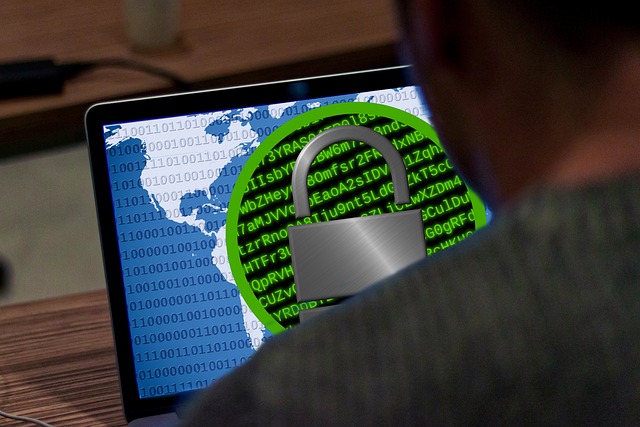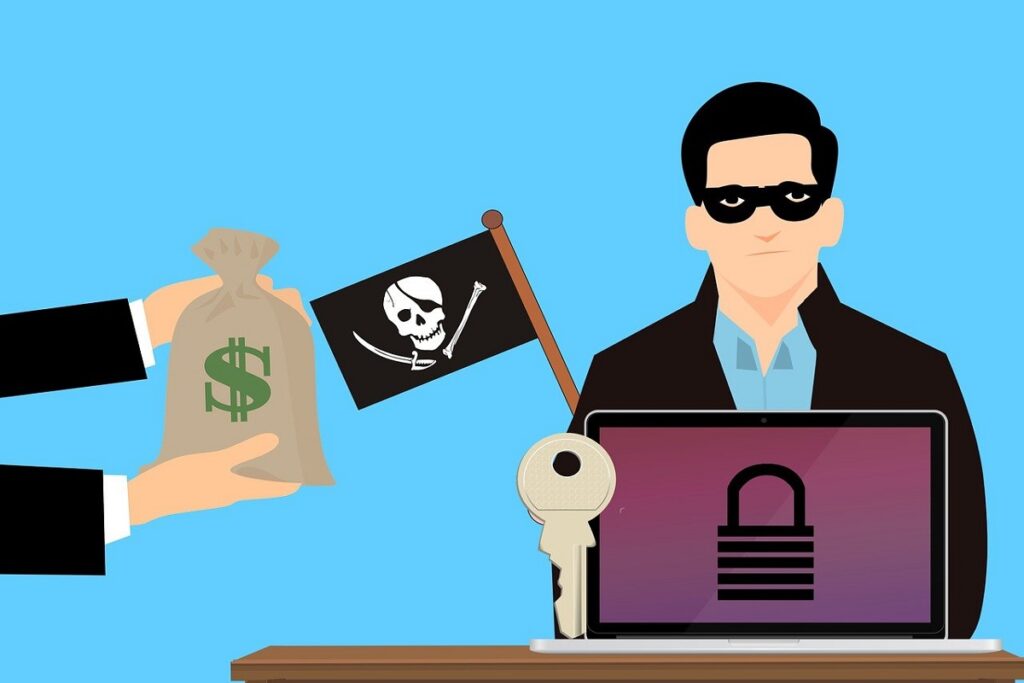Ransomware is a type of malware that prevents victims from accessing their computer systems by digitally compromising them until after the payment of a ransom, and it’s a growing problem for businesses in the digital age. For instance, it was reported that more than 236.1 million instances of ransomware attacks were carried out worldwide by the first half of 2022. This number is only expected to continue to rise in the coming years as more individuals and organizations incorporate digital technologies into their processes.
That is because many tech-savvy criminals are taking advantage of this transition period to carry out illegal activities. They do this by taking advantage of the gaps in their prospective victim’s digital systems, blocking the victim’s access to their digital resources, distorting data, or even threatening to make the victim’s information accessible to others.
How can you protect your business and address the vulnerabilities that ransomware hackers typically exploit? Here are some tips to strengthen your organization against the threat of these criminals.

#1. Utilize a Zero-Trust Network Access (ZTNA) Solution
A ZTNA solution refers to a category of technology solutions that make use of defined access control policies to enable authorized individuals to securely access a network and the systems, applications, and databases that’s connected to the network. Your company can benefit from using either a paid or a free ZTNA solution, but it’s also important to understand how this can protect the system that you are using.
A ZTNA solution makes use of granular access control policies to prevent users, even those from the same organization, from accessing digital resources that are beyond their level of authorization. Using a stringent security measure ensures that, even if there are breaches within your organization, the leak can still be contained and the infiltrators can’t access other parts of your assets and resources.
#2. Identify the Security Vulnerabilities in Your Organization
Aside from adopting a ZTNA solution, it’s also important to acquaint yourself with the security issues that ransomware perpetrators typically use to gain access to a computer system. These weak spots can be your employees, especially if they haven’t been trained to identify phishing attempts.
Although unlikely, it can also be that the nature of your business requires you to visit unsecured websites from time to time. Such activities can lead you to accidentally download malicious programs that criminals can use to gain access to your network. The security of your physical structure can also be compromised. If anyone gets into your office and sees your password on a sticky note on your desk, for example, then they can manipulate your digital resources as they please.
Identifying digital and physical weaknesses in your security system can help you avoid falling for these common infiltration methods.
#3. Understand That Improving Security Is a Continuous Process
Improving your security system is not a one-time project, and it’s one of the things you have to understand if you’re aiming to protect your organization against tech-savvy criminals. Just like how you’re trying to get ahead of criminals, criminals are also making efforts to breach your security system through various methods.
As such, it’s important to acquaint yourself with the methods that today’s ransomware perpetrators are more likely to use. This way, you can adequately prepare your organization when ransomware hackers eventually try to breach your organization’s computer systems using their latest methods. It’s also a good idea to check for network, system, and application updates from time to time. These updates often include instructions on how the program can address newly discovered or frequently abused security loopholes so that cybercriminals can no longer use them.
#4. Keep Your Employees Informed About Phishing Attempts
Many bad actors are well-versed in manipulating people to get access to restricted information and systems. Protect your employees from becoming victims of such attempts by training them on how to identify phishers and what to do when they encounter a suspicious request. You can, for instance, remind them of common practices for ensuring their security and the authenticity of a message. They can do these by scrutinizing the sender of a suspicious email or by confirming peculiar requests with their immediate supervisors. If there is news about new phishing techniques, bring this up with the team so they can easily identify if they’re on the receiving end of a novel phishing attempt.

#5. Have a Plan in Place in Case Your Security Gets Breached
While you’re taking every measure to protect your business and employees from becoming victims of ransomware attacks, it’s also important to think about what you should do in case you do fall for a ransomware attack. If you’re worried about not having access to your digital systems, perhaps you can look into data backup services or disaster recovery plans to minimize the impacts of such an event. These services will help you prepare not just for cyber-attacks, but also for the disruptions caused by natural and man-made disasters like storms and fires.
#6. Patch and Update Systems:
Keep all operating systems, software, and applications up to date with the latest security patches and updates. Vulnerabilities in outdated software can be exploited by ransomware.
#7. Endpoint Security
Endpoint security involves protecting individual devices like computers, smartphones, and servers from cyber threats. It employs tools like antivirus software, firewalls, and behavior analysis to detect and prevent malicious activities. For instance, endpoint security software can block a ransomware attack by identifying unusual file encryption behavior on a user’s computer and halting the process before it causes damage.
Use endpoint protection software that includes advanced threat detection and behavior-based analysis to identify and block ransomware before it can be executed. Employ intrusion detection and prevention systems to monitor and prevent malicious activity.
#8. Email Security
Implement advanced email security solutions to filter out phishing emails and malicious attachments before they reach users’ inboxes. Use email authentication mechanisms like DMARC, SPF, and DKIM to prevent email spoofing.
If you haven’t started yet, now is the best time to start protecting your business against ransomware and its negative impacts on your business. Follow these tips to get started, and make sure to keep your security systems up to date regularly to deter ransomware perpetrators from targeting your organization.



































